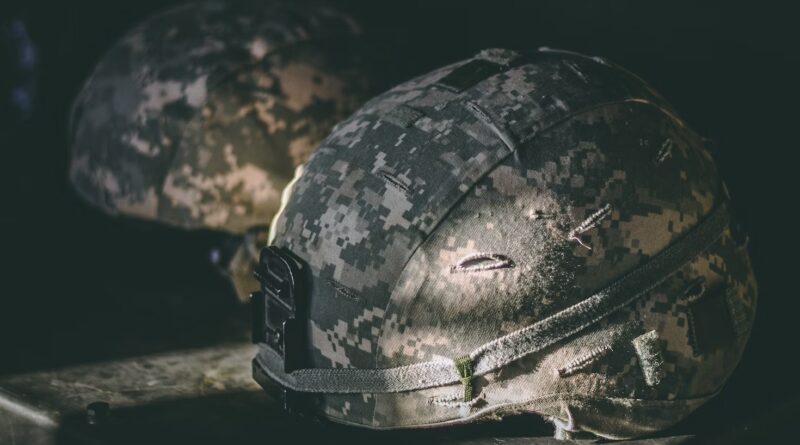Camp Lejeune’s Impact on Military Families: A Social and Psychological Perspective
The uncelebrated champions of our armed forces are the families who support them. They stand alongside their loved ones, enduring the challenges and sacrifices that come with military life. Camp Lejeune, a Marine Corps base, has gained recognition for its vital role in national defense.
Additionally, it has also become known for a devastating incident that occurred within its gates – the contamination of its drinking water. This article delves into the social and psychological impact of the Camp Lejeune water contamination on military families who called this base home.
The Camp Lejeune Water Contamination Crisis
Camp Lejeune, a US Marine Corps Base covering 256 square miles along the Atlantic Seaboard, is located in Onslow County, North Carolina. It has played a pivotal role as a training and residential center since its founding in 1942.
Its multifaceted infrastructure includes barracks, housing for personnel and their families, administrative offices, hospitals, schools, day-care centers, and recreational facilities.
The camp’s population typically hovers around 170,000, consisting of active-duty personnel, their families, and civilian employees. All of these individuals consider the camp and its vicinity as their home at any given time.
In August 1982, routine water quality monitoring uncovered a troubling issue at one of Camp Lejeune’s water treatment plants. Elevated levels of halogenated hydrocarbons, notably perchloroethylene (PCE), trichloroethylene (TCE), and their degradation byproducts like dichloroethylene (DCE) and vinyl chloride, were detected.
Alarmingly, these concentrations far exceeded the maximum contaminant levels (MCL) set at 5 parts per billion by the US Environmental Protection Agency (EPA).
A subsequent inquiry in 1985 pinpointed several groundwater-sourced water-supply wells as the contamination sources. It was theorized that these contaminants had infiltrated the water-supply wells from subterranean water tables, subsequently being pumped into the water treatment plants.
Today, most Marines and their families from the affected period at Camp Lejeune have relocated across the United States. Tragically, they now carry a heightened risk of developing cancers potentially linked to the aforementioned chemical carcinogens.
In pursuit of justice, those affected have initiated lawsuits against the government and concerned authorities. The Camp Lejeune lawsuit payout per person is estimated to range from $10,000 to $500,000, with no final agreements reached yet. The final amount would depend on the strength of each individual case.
According to TorHoerman Law, these estimates are derived from the budget allocated by the Congressional Budget Office (CBO) for Camp Lejeune claims. This budget allocation offers some potential relief for those who have endured the consequences of this environmental catastrophe.
The Silent Threat to Military Families
The foremost concern for military families residing at Camp Lejeune was their immediate physical well-being. Several years after the initial discovery of contamination, a deeply troubling trend emerged in towns located in upper Cape Cod.
This trend showed a significantly higher incidence of cancers reported compared to the statewide average. These cancers affected multiple organs, including the breast, colorectal, lung, and hematopoietic organs.
One poignant case illustrates the profound impact of this crisis. This case involves a 37-year-old Caucasian man who had enjoyed relative health. However, he was suddenly confronted with severe fatigue and persistent muscle aches that persisted for several months.
In search of answers, he sought the counsel of his primary care doctor, who conducted a complete blood count (CBC). The results of this medical assessment revealed a troublingly high leukocyte count and the presence of peripheral blasts, signaling a potentially serious health condition.
The looming threat to their physical well-being casts a long shadow of stress and anxiety over military families. The uncertainty of their health weighed heavily on their minds. Additionally, the tangible evidence of the contamination’s devastating effects placed an immense emotional burden on those who had called Camp Lejeune home.
The Psychological Toll
The psychological toll on military families living under the constant shadow of potential health problems was significant. They grappled with anxiety concerning their own well-being and the health of their loved ones on a daily basis. These anxieties often led to feelings of helplessness and uncertainty, which in turn contributed to prevalent depression.
Additionally, a study published in Environmental Research highlighted the concerning effects of long-term exposure to low concentrations of TCE, linking it to neurobehavioral deficits.
Marine and Navy personnel typically served at Camp Lejeune for an average duration of around 18 months. During their time there, Marines consumed as much as one to two quarts of water per hour. They also showered twice daily as part of their training regimen, as reported by the ATSDR.
Tragically, this exposure has resulted in a range of emotional, behavioral, and learning issues. These effects encompass memory problems, insomnia, headaches, poor concentration, dementia, anxiety, and even Parkinson’s disease.
Advocacy and Change
The Camp Lejeune water contamination crisis sparked a wave of advocacy efforts. Military families, fueled by their determination to seek justice and ensure no one else would suffer the same fate, mobilized. Their relentless pursuit of answers and accountability resulted in policy changes, compensation programs, and greater awareness of military base contamination’s long-term effects.
Conclusion
The Camp Lejeune water contamination crisis is a stark reminder of the sacrifices military families make for our country. It illustrates the profound social and psychological impact that environmental disasters can have on those who serve.
While the scars of this crisis may never fully heal, the resilience and advocacy of these families stand as a testament to their strength. It also reflects the unity of the military community. As we honor our service members, let’s also remember the families who stand behind them, facing their own battles with courage and determination.



